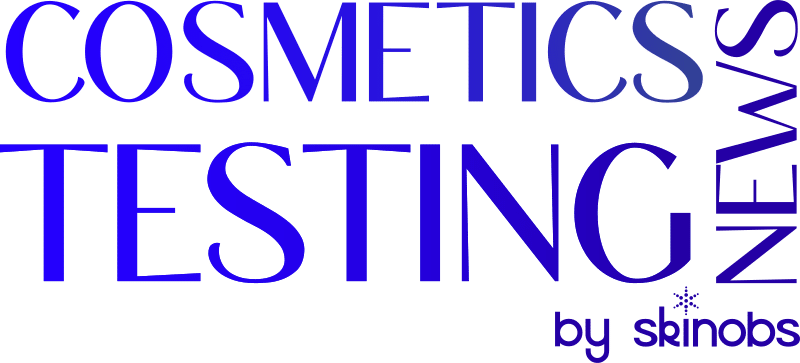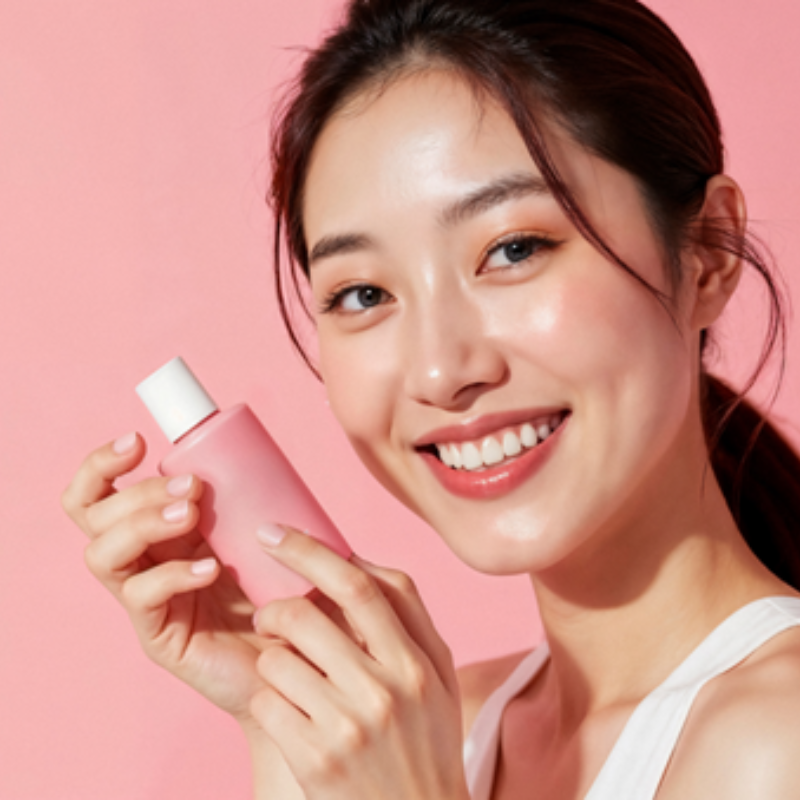The Skinobs half-year audience report sets out the highlights of preclinical and clinical claims in cosmetics for the first semester of 2024
For years now, testing services for Beauty have been influenced by many drivers, from technological advances such as optical innovations, A.I, biomarkers discovery to consumer expectations. Pre-clinical trials and clinical studies enable ingredients and cosmetics brands to communicate the performance of their products to their customers, giving the evaluation of product tolerance or efficacy a highly strategic position in the launch development process.
The Skinobs half-yearly audience report provides insights into the trends of claims in the cosmetic testing sector, based on the users search on the Skinobs platform, for both preclinical (in-silico, in-vitro, or ex-vivo…) and clinical (in-vivo) trials.
The report is based on searches carried out by more than 7,700 users in 89 countries using data from the 400 laboratories and 1,000 methods referenced on the platform.
Users of the Skinobs platform, whether they are R&D managers, formulators, evaluation or marketing managers, come mainly from Europe (over 72%), the Americas (21%), Africa (5%) and Asia (2%). However, we have noted an increase in searches in Asia, explained by the fact that Skinobs referenced various Asian laboratories during the first half of 2024.
-
Preclinical assays – new claims emerging, focused on well-ageing
The beauty industry’s evolving market trends have led to significant advancements in preclinical evaluation methods. These methods, including in-silico, in-tubo, in-vitro, and ex-vivo assays, assess various factors such as safety, stability, biodegradability, and efficacy. Key developments stem from a deeper understanding of skin biology and biomarker discovery, alongside innovative assay platforms. These platforms facilitate testing on cells, co-cultures, and sophisticated models like 3D skin constructs and organ-on-chip systems using microfluidics. By incorporating neurons, capillaries, and other skin elements, these models offer enhanced complexity and more accurate, real-life testing conditions.
In the beginning of 2024, new claims have appeared in the most searched, such as “regenerating”, “firming”, “lightening” and “repairing”, gaining prominence behind the dominant “anti-ageing” claim.
This transition reflects a change towards a more holistic approach, know as “well-ageing”. Rather than focusing on fighting the signs of ageing, this trend emphasizes on maintaining skin health, the skin natural beauty and well-being. This change in rhetoric appeals to consumers who are increasingly looking for products that support long-term care and wellness, rather than short-term fixes, and a more balanced and realistic view of ageing.
In terms of the type of tests carried out, we notice a diversification in the types of tests being conducted. Specifically, there is a marked increase in advisory services, UV in-vitro testing, and physical and chemical analyses. This shift comes alongside a significant reduction in traditional efficacy tests, which have decreased by 17 percentage points. This decline allows for a more balanced distribution of testing across other areas, including safety assessments, microbiological analyses, UV in-vitro testing, and specialized efficacy evaluations such as those focused on hair care.
The rise in advisory services, which has grown by 6 percentage points, underscores the growing importance brands place on expert guidance. Regulatory service providers assess compliance with safety and environmental standards, efficacy and claims that ingredients or finished products must validate through testing protocols. They are therefore first-rate partners in helping cosmetics and ingredients brands bring their products to market. They are therefore first-rate partners to support brands in the development of their cosmetic products. As well as confirming claims, they are also at the origin of new ideas that shed light on and serve marketing semantics, making it possible to construct a factual, differentiating discourse that is adapted to profound changes in lifestyles and consumption patterns.
In vitro UV testing has also become increasingly important as a public health issue. This category of testing is uniquely governed by ISO Good Standard Practice, which ensures consistency and reliability of assessment methods across the world (with exceptions in some regions). Whatever the mechanism of action being studied, the industry is gradually adopting a hybrid assessment approach linking in vitro tests with in-vivo studies. This approach is facilitated by innovations in increasingly sophisticated and specific skin models. These 3D skin models can now include elements such as capillaries, neurons and specificities linked to sensitivity, age or pigmentation, enabling a more accurate representation of skin reactions. These technological developments not only improve the accuracy of assessments, but also their variety, as these improved models provide more complete and reliable data.
Overall, there is less research on efficacy tests and a more balanced distribution with the other test categories. The increased importance of research into consultancy services reflects a move towards informed and scientifically based product development. At the same time, the increase in research into UV in-vitro tests shows the importance of these evaluations as a guarantee of their correct and safe use by consumers. These research trends collectively illustrate a dynamic and evolving approach within the cosmetics industry, driven by the need for ever greater safety, scientifically proven efficacy and alignment with holistic and informed consumer demands.
-
Clinical evaluation: the rise of the « well-ageing » claim
On the clinical evaluation field, evolution is also important. The inclusivity issue influences the way the products are tested worldwide on several type of skin with multicentric studies. Ethical considerations with less border line human testing are more and more desired by the consumers.
We are seeing a similar increase in the importance of searches for the ‘ageing well’ claim, which has risen by 18 percentage points. This confirms a growing shift towards a more holistic approach to skincare, which focuses on overall wellbeing rather than simply combating the visible signs of ageing. The demand for beauty routines that act holistically is helping to develop new tests based on neuroscientific approaches. We are seeing a very strong trend towards measuring emotions using neurosensory analysis based on 3 complementary components: expressive, subjective and physiological.
As a result, searches for traditional claims such as hydration are declining by 32 percentage points, giving way to more specific wellbeing claims such as firming, anti-pollution and the benefits of antioxidants. These new areas of focus emphasise not only the aesthetic aspects of skincare, but also the importance of protecting the skin from environmental factors and promoting long-term health.
Biometrological testing remains at the forefront of research, accounting for 48% of all tests, although this figure is down from 55% in 2023. Despite this decline, the split is now more balanced between consultation (9%) and tolerance testing (8%).
Highlighting its increasing importance in overall personal care routines, we can also notice that there has been a 4-point increase in oral care efficacy tests. This rise reflects the growing interest in dental and oral health. Brands are focusing more on the efficacy and safety of products targeting oral hygiene, responding to consumer demand for comprehensive health solutions that go beyond skincare and include dental well-being as a crucial part of self-care.
This report sheds light on the evolving landscape of cosmetic testing, providing valuable guidance to brands and stakeholders in the industry, aiding them in aligning their product development strategies with emerging consumer demands and preferences.
Overall, these changes signify a paradigm shift in beauty science, emphasizing a holistic understanding of human biology and its connection to beauty. It showcases the industry’s commitment to innovation and inclusivity, driven by advancements in technology and a deeper comprehension of human physiology.
The cosmetics industry has historically prioritized consumer, biometrological, and scientific assessments to align with the imperative of innovation. Testing technologies form the bedrock of product innovation, enhancing marketing and communication standards. They extend the boundaries of product claims and elevate expectations regarding product efficacy. The defining factors of cosmetic products include active ingredients, formulation, and the comprehensive proposition, contingent upon substantiated claims.





